Low-Frequency Electromagnetics Blog Posts
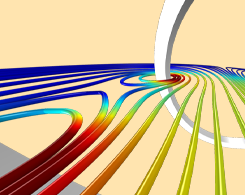
Plotting Spatial Derivatives of the Magnetic Field
Radiology, magnetophoresis, particle accelerators, and geophysics are all areas where it is useful to compute the spatial derivative of the magnetic field or magnetic flux density.
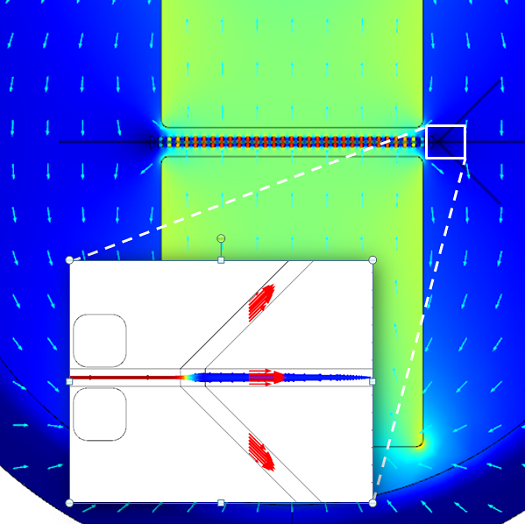
Red Blood Cell Separation from a Flow Channel
Lab-on-a-chip technology can be used to separate red blood cell via magnetophoresis — for example, motion induced by magnetic fields. Simulation can be used to optimize such devices.
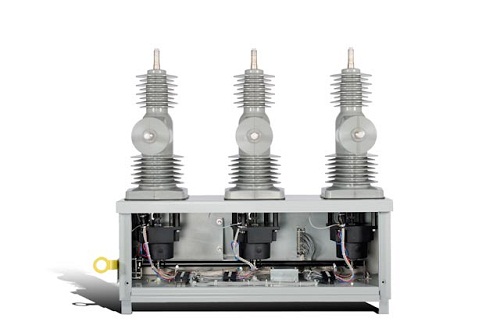
Optimizing Recloser Performance with Simulation
During snow storms or windy days, a branch might break and short-circuit a power line’s electric current as it falls. The first task of a recloser is to interrupt this short-circuit, i.e. to open or disconnect the affected overhead line from the feeding network source. The second task is to try to re-establish power after a short time by to re-closing the line, taking advantage of the fact that most of the reasons for a short-circuit of an overhead line […]
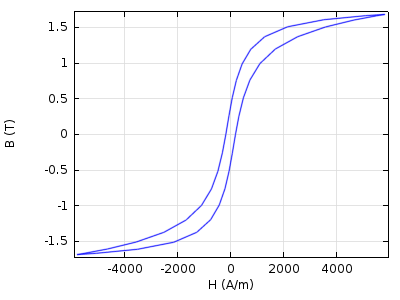
COMSOL 4.4: Magnetic Saturation Curves at your Fingertips
When designing inductive devices, both challenges and possibilities are associated with the nonlinear behavior of ferromagnetic materials. COMSOL Multiphysics is well-adapted to the solution of highly nonlinear numerical models but high-fidelity modeling of nonlinear inductive devices also requires accurate material data. To meet this challenge, a library of 165 nonlinear magnetic materials is provided in COMSOL 4.4, bringing new powers to the design and modeling of electric motors, transformers, relays, etc. Here, we will discuss how the modeling process is […]
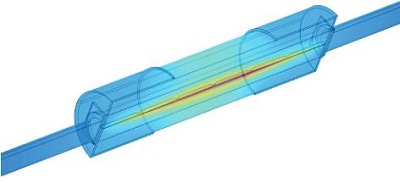
Mersen Simulates Joule Heating in Busbars and Fuses
Joule heating is a fairly standard type of simulation for COMSOL users nowadays. It involves solving for electrical voltage and temperature fields simultaneously with highly temperature-dependent material properties. Controlling Joule heating is very important when designing and manufacturing electrical systems components. The electric protection group at manufacturing company Mersen France used to base their busbar and fuse designs on trial-and-error, but these days they turn to COMSOL Multiphysics.

ABB Uses Electrostatic Simulation to Design Tap Changers
Households and industries alike depend on reliable electrical power. To serve the diverse power needs of end users and consumers, the electrical grid is undergoing a major overhaul to upgrade a technology that is over 100 years old. The new infrastructure — the smart grid — is being developed for reliable, economic, and environmentally friendly electrical systems. A great example of equipment for the smart grid comes from ABB. Along with many other products, ABB has introduced the world’s fastest […]
Integrated Circuit Design and the Photolithography Process
When designing products on the nanometer scale, physics interactions that are considered negligible on the larger scale make their presence known. One such case where these forces must be taken into account is in the design of integrated circuits, where understanding and optimizing the effects of van der Waals forces, attractive forces, and surface tension become vitally important to creating a robust design. As technological advancements call for both the size of integrated circuits to decrease and the density of […]

The Advantages of Mechatronic Simulation at KOSTAL
For 60 years, the technology manufacturer KOSTAL Group has been implementing various electrical systems in cars, making your driving experience more enjoyable. For instance, the Automotive Electrical Systems division of KOSTAL placed indicator switches near the steering wheel and created integrated-function push buttons. Over the years, their patents and designs have become more complex and revolutionary. Currently, they are working on optimizing the design of their roof modules for premium cars using mechatronic simulation.
